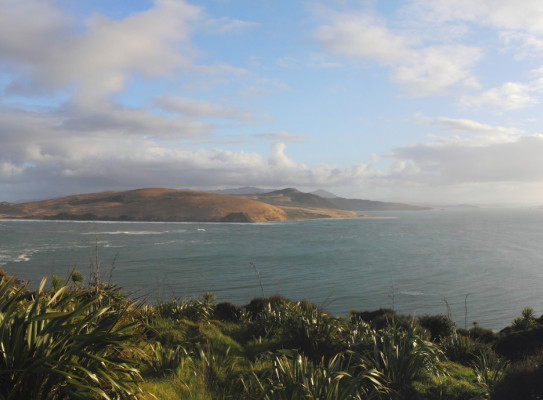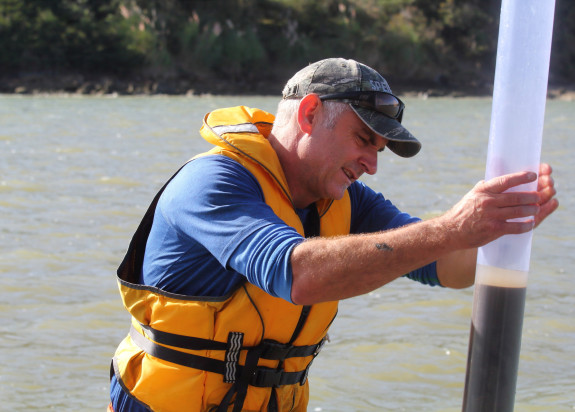Restoring the balance in Hokianga Harbour

Human activity over the past 150 years is thought to have resulted in poor water quality, marine species loss, and damaging siltation in Hokianga-Nui-a-Kupe (Hokianga Harbour).
Twenty-eight marae link to the harbour and its estuaries. Local communities are keen to restore and regenerate the harbour’s mauri (life force) and GNS Science is helping achieve them this goal.
Our scientists are working with Far North iwi Te Rarawa to build their capacity to manage and restore parts of the harbour.
Geologist Dr Kyle Bland says a collaborative and hands-on project has been co-designed with the iwi.

The project aligns with the iwi’s goal of supporting intergenerational development. It has a strong focus on environmental, social, economic and cultural wellbeing
Palaeontologist Dr Joe Prebble says the science involves collecting sediment cores from the harbour and analysing them to measure chemical, biological and physical trends covering the past 1000 years.

Seeing pre and post-human settlement changes in the cores will help inform the best strategies for regenerating the harbour
“With assistance from iwi representatives, this year we collected more than 20 sedimentary cores from seven sites in the Hokianga Harbour using a hand percussion coring system. We are now analysing the cores which will provide a record extending back hundreds of years.”
As part of the project local identities who hold extensive knowledge of land-use changes in and around the harbour in the past century were interviewed. This knowledge included reclamation works and the impacts of roadworks on harbour tributaries. Locals also provided information on changes in fish and shellfish populations. The information will be integrated with analysis of the sediment cores.
The iwi is using the project to develop remedial actions and management approaches informed by both science and Te Rarawa Mātauranga.
The project’s activities have provided opportunities for knowledge sharing between GNS Science and the iwi. As well as stronger relationships, the project has fostered plans for iwi-focused research projects in the Far North, and created education opportunities in the region.
This project is funded by MBIE’s Te Pūnaha Hihiko: Vision Mātauranga Capability Fund and GNS Science’s Global Change Through Time SSIF programme.